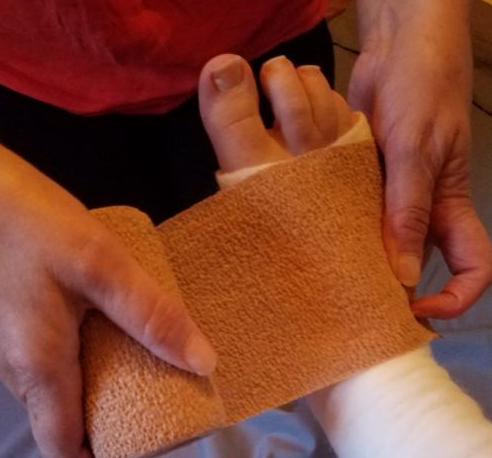Surgical Instruments
Surgery in the last 20 years has been revolutionized by the introduction and spread of laparoscopy and the way to go still appears long, however, as almost always happens with innovations, the beginnings were not easy and an example to remember certainly concerns the incredible story of the author of the first laparoscopic cholecystectomy.
Since the sixties, the German school was at the forefront in the use of endoscopic techniques for advanced times such as duodenoscopy, ercp and papillotomy. Curiously, it was not the surgeons who conceived and spread these techniques but the internists and for this reason the surgical companies of the time showed a certain intolerance, experiencing it as an invasion of their field.
Kurt Semm, a gynecologist, had just performed the first laparoscopic appendectomy published in 1982 and at the University of Erlangen, a brilliant surgeon was working on something that would soon go around the world: Erich Muhe, far from envious of the work of the fellow internists, he became chief physician of surgery in a minor center, in Bollinger and here, between long bicycle rides and equally long days in the operating room, he had the necessary instruments built and on 12 September 1985 he performed the first laparoscopic cholecystectomy.
Muhe had started with the instruments used by Semm to perform the appendectomy but realizing that they would not be adequate to remove the gallbladder, he created a dedicated instrument and called it 'Gallo scope'.
The surgery lasted two hours and the outcome was favorable. The author immediately realized the extremely favorable postoperative course compared to the classic traditional cholecystectomy, which required a longer hospitalization and greater convalescence. Bandage Scissors
Subsequently, the technique was modified by him, first by changing the instruments, then by performing the operation without pneumonia peritoneum and finally by modifying the necessary light source
When it was finally time to present his results at the congress of the German Society of Surgery in 1986 he prepared an accurate report prophetically highlighting what in the following years would be confirmed as the most significant advantages of his technique: minimal trauma to the abdominal wall, minor postoperative pain, less immobilization in bed, less postoperative hospital stay and less convalescence.
Incredibly, the audience was skeptical to say the least, most of the colleagues considered the operation 'dangerous' and called it 'Mickey Mouse surgery', even deriding it: 'little brain. Small incision'.
Also on the occasion of subsequent presentations and after a hundred cases carried out, the reception was similar and only a limited number of colleagues showed interest. Dental Syringe
At that time the idea that a large incision corresponded to a good intervention was strongly rooted in the surgical community, it was also believed, a concept later denied, that alternative therapies such as lithotripsy could be promising in treating cholelithiasis and finally the German health system did not encouraged surgeons to discharge early as there was a reimbursement mechanism that did not consider the disease but the actual days of hospitalization.
Muhe's mistake was to limit his scientific relations to Germany while neglecting the potential US audience which would probably have been more open to innovation.
Today his intuition is a consolidated reality and only in 1992 his farsighted work was recognized and rewarded by the scientific community. Laparoscopic instruments
Erich Muhe was a genius too 'ahead' of the years in which she lived and is one of the many examples of how in medicine the prevailing opinion often underestimates the ideas of those who have an edge.






Comments
Post a Comment